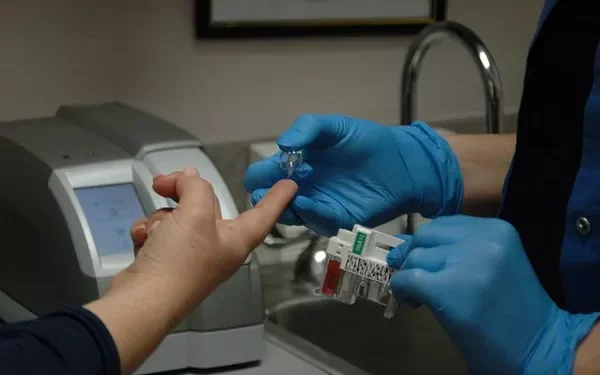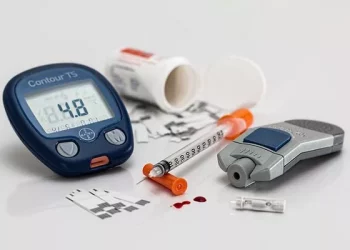A century-old anatomical curiosity, long overlooked by modern science, may hold the key to understanding and treating diabetic neuropathic pain, according to groundbreaking research from the University of Texas at Dallas’s Center for Advanced Pain Studies (CAPS).
In a new study published in Nature Communications, researchers revealed that Nageotte nodules—clusters of dead nerve cells—are strongly linked to nerve cell degeneration in diabetic patients. This discovery could pave the way for new therapies aimed at preventing nerve damage and alleviating chronic pain associated with diabetic neuropathy.
Reframing Diabetic Neuropathy
“Our study offers a fundamentally new view of diabetic neuropathic pain,” said Dr. Ted Price, Ashbel Smith Professor of Neuroscience and CAPS Director. “We demonstrate that neurodegeneration in the dorsal root ganglion is a critical and previously underappreciated component of the disease. This should shift how we think about diabetic neuropathy—and push us to act with greater urgency.”
Diabetic peripheral neuropathy, affecting nearly one-third of the 38 million Americans living with diabetes, is characterized by sharp, shooting pain typically felt in the extremities. Beyond pain, advanced neuropathy can lead to sensory loss, infections, and even amputations.
“Current treatment options are limited, and if blood sugar isn’t well controlled, nerve damage can become so severe that amputation becomes necessary,” said Dr. Stephanie Shiers, lead co-author and neuroscience research scientist at CAPS.
A Rediscovery 100 Years in the Making
First described in 1922 by French neuroanatomist Jean Nageotte, these nodules—clusters of decayed sensory neurons surrounded by non-neuronal cells—have been largely ignored in scientific literature, mentioned only sporadically in a handful of papers over the past century.
That changed when Shiers, while analyzing tissue samples from organ donors, noticed an unusual abundance of Nageotte nodules in individuals with diabetes, especially those suffering from neuropathy.
“This was a breakthrough moment,” Shiers said. “We found a clear pattern—these nodules appeared far more frequently in diabetic patients. Discovering these abnormalities in multiple samples with shared medical histories was a major clue.”
Mapping a Pain Pathway
The research team used advanced histology and spatial sequencing to examine the cellular makeup of these nodules in human sensory ganglia. Their findings were striking: Nageotte nodules are predominantly formed by satellite glial cells and non-myelinating Schwann cells. Moreover, they found abnormal sprouting of pain-sensing nerve fibers, resembling tiny neuromas, within these nodules.
“This axonal sprouting is something never before described in human sensory ganglia,” Shiers noted. “It suggests a unique pathology where the sensory neurons, typically pseudounipolar in structure, take on a multipolar form in diabetic patients. Whether this is purely pathological or an overlooked aspect of human neuron biology is still unknown.”
The implications are profound. Spontaneous nerve fiber activity within these nodules could explain the persistent pain experienced by diabetic neuropathy patients. The researchers also observed similar nodules in donors with other neuropathic conditions, indicating a broader relevance.
The Power of Organ Donation
The study’s large sample size—90 human donors—was made possible through a partnership with the Southwest Transplant Alliance. The nonprofit’s collaboration allowed researchers to study rare human tissues and make these pivotal discoveries.
“Organ donation isn’t just about saving lives through transplants—it also fuels critical medical research,” said Brad Adams, President and CEO of the Southwest Transplant Alliance. “Knowing that a loved one’s gift has led to breakthroughs like this offers solace and hope to grieving families.”
Toward Neuroprotection and New Therapies
For Price and his team, these findings signal a need to rethink diabetic neuropathy treatment strategies.
“This research highlights the importance of neuroprotection—intervening early to prevent the formation of these nodules altogether,” Price emphasized. “Rather than simply managing symptoms, we should be focusing on protecting nerves from the start.”
The study not only revives interest in a long-forgotten anatomical structure but also opens new avenues for understanding and combating neuropathic pain at its root cause.
Related topics:
Is a Banana a Day Good for Diabetics?
Is Whole Milk Ok for Diabetics?
Personalised Diabetes Care Improves Surgical Outcomes and Patient Confidence

























